Neuroscience
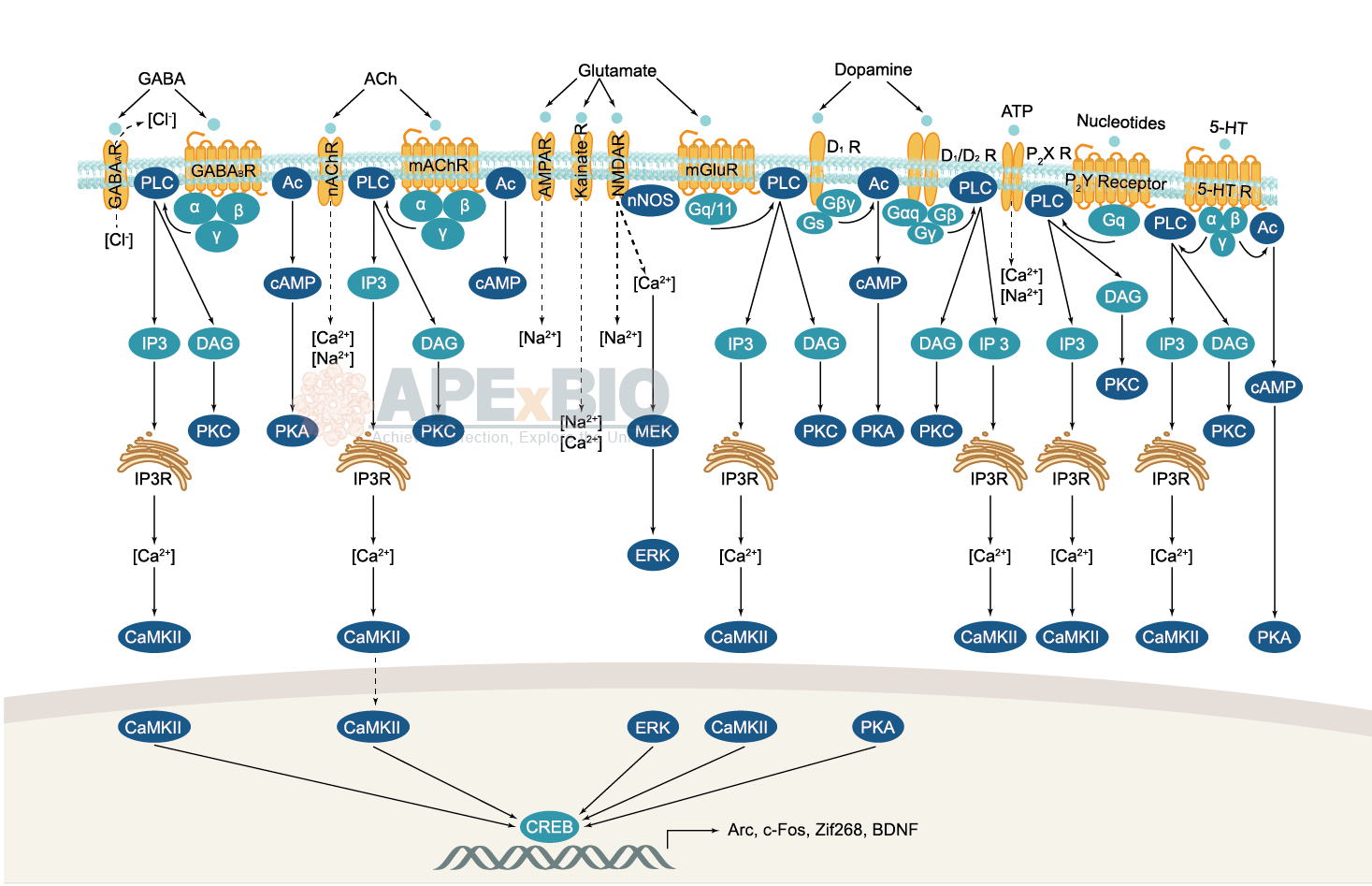
Neurotransmitter receptors function via various G-protein coupled and G-protein independent mechanisms that activate downstream intracellular signaling pathways such as cAMP/PKA, PI3K/AKT, phospholipase A2, and phospholipase C pathways. For instance, dopamine receptors act through adenylate cyclase to activate PKA and other signaling molecules, thereby mediate gene expression through the actions of CREB and other transcription factors. Other neurotransmitters such as NMDAR or AMPAR are associated with ion channels that control flux of Ca2+ and Na+, thus propagating the action potential across the post-synaptic neuron.
Dysfunctions in GABAergic/glutamatergic/serotonergic/dopaminergic pathways result in a broad range of neurological disorders such as chronic pain, neurodegenerative diseases, and insomnia, as well as mental disorders including schizophrenia, bipolar disorder, depression, and addiction.
-
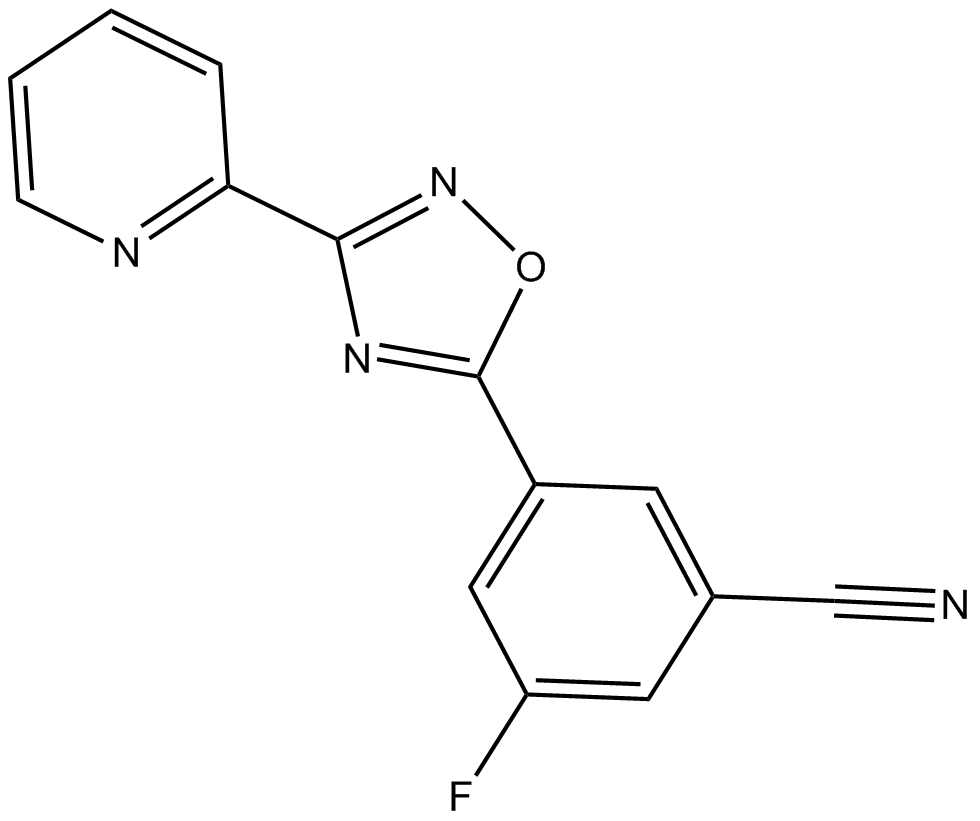 B5569 VU 0285683Summary: negative allosteric modulator of mGlu5 receptors
B5569 VU 0285683Summary: negative allosteric modulator of mGlu5 receptors -
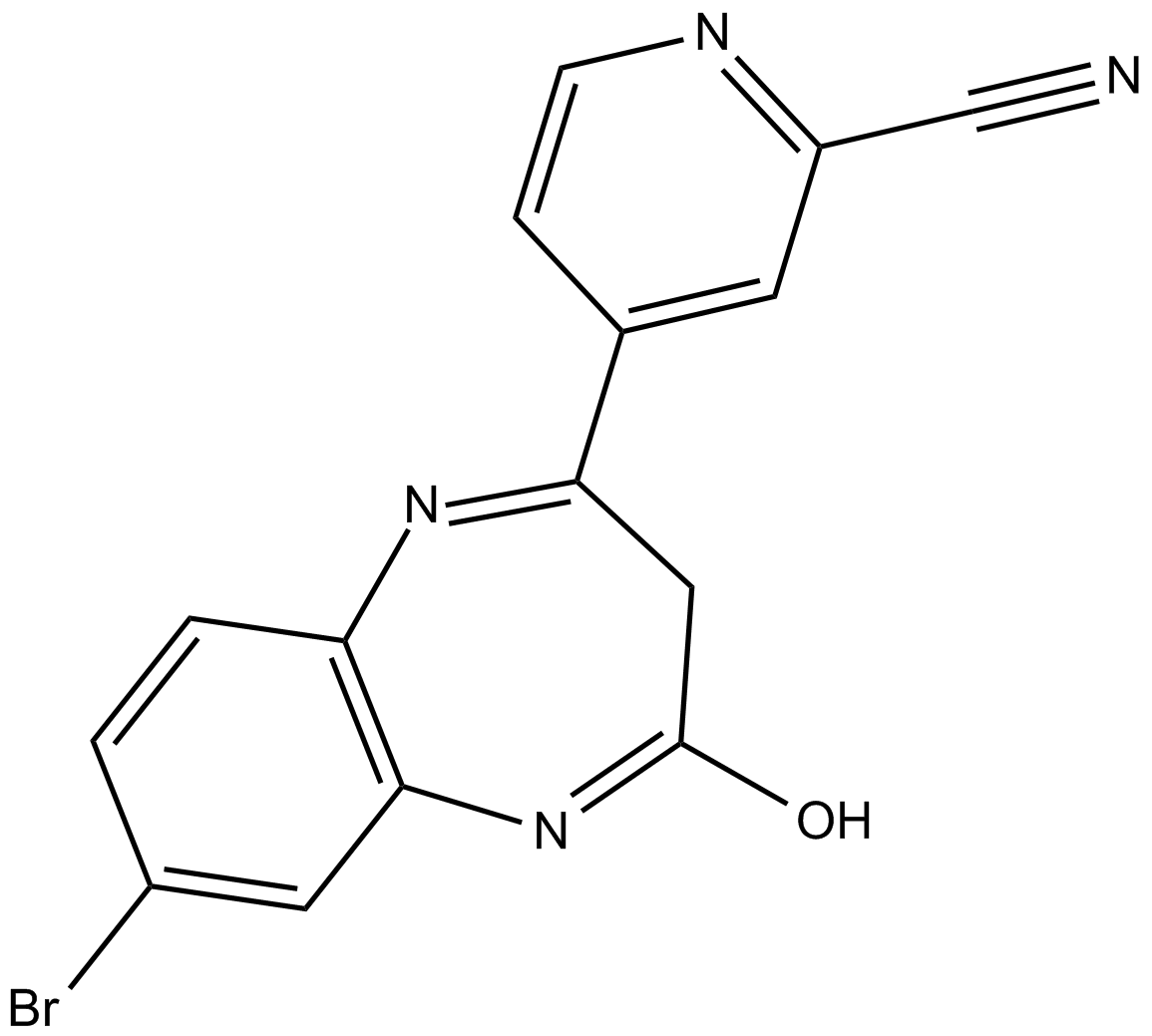 B5571 MNI 137Summary: negative allosteric modulator of group II mGlu receptors
B5571 MNI 137Summary: negative allosteric modulator of group II mGlu receptors -
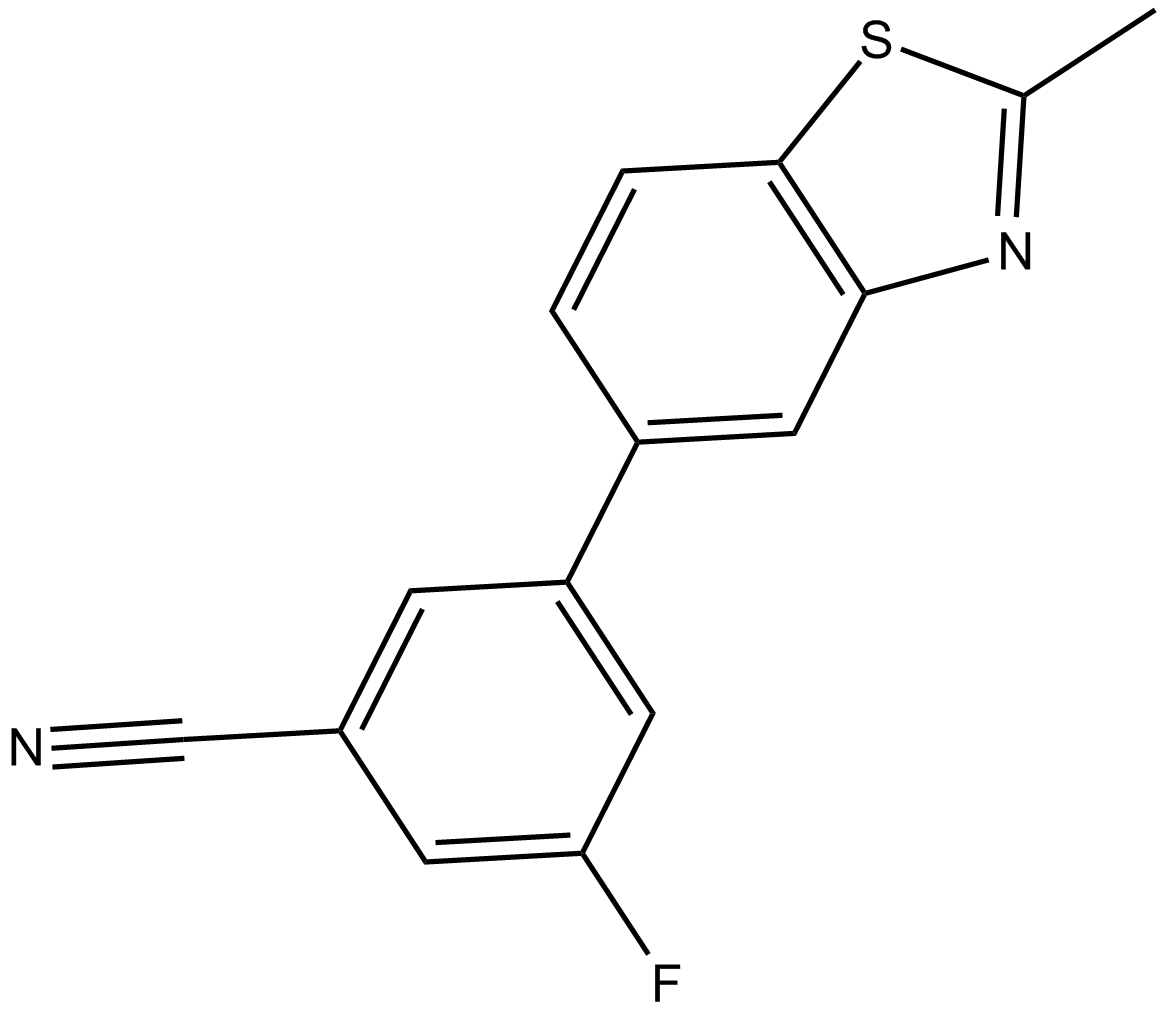 B5574 VU 0360223Summary: negative allosteric modulator of mGlu5
B5574 VU 0360223Summary: negative allosteric modulator of mGlu5 -
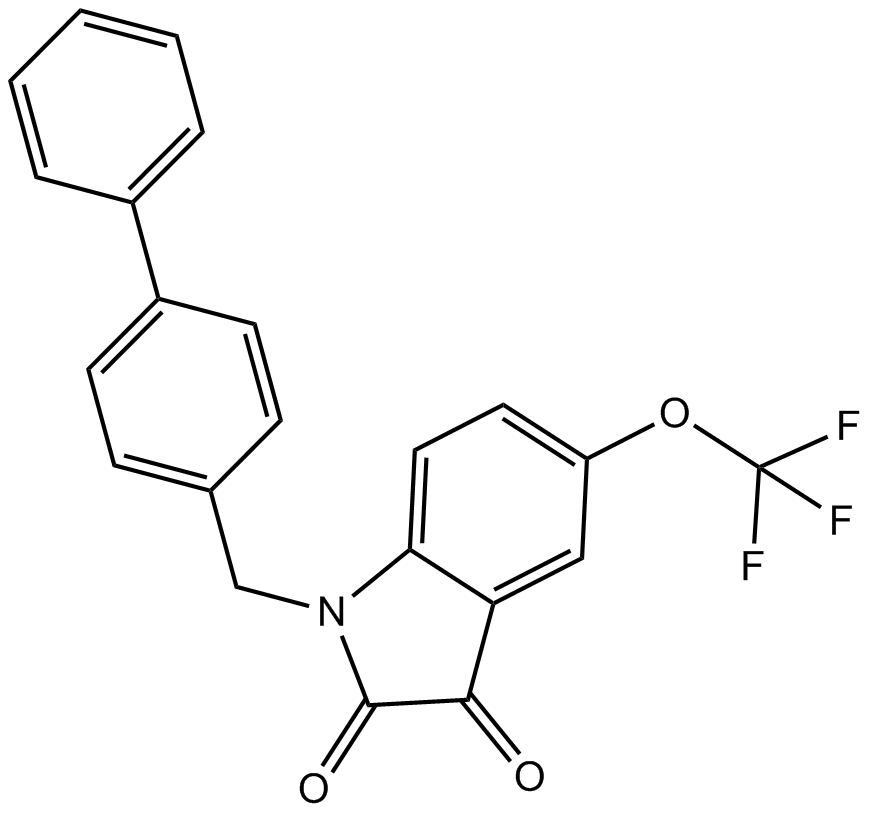 B5579 VU 0365114Summary: positive allosteric modulator of M5
B5579 VU 0365114Summary: positive allosteric modulator of M5 -
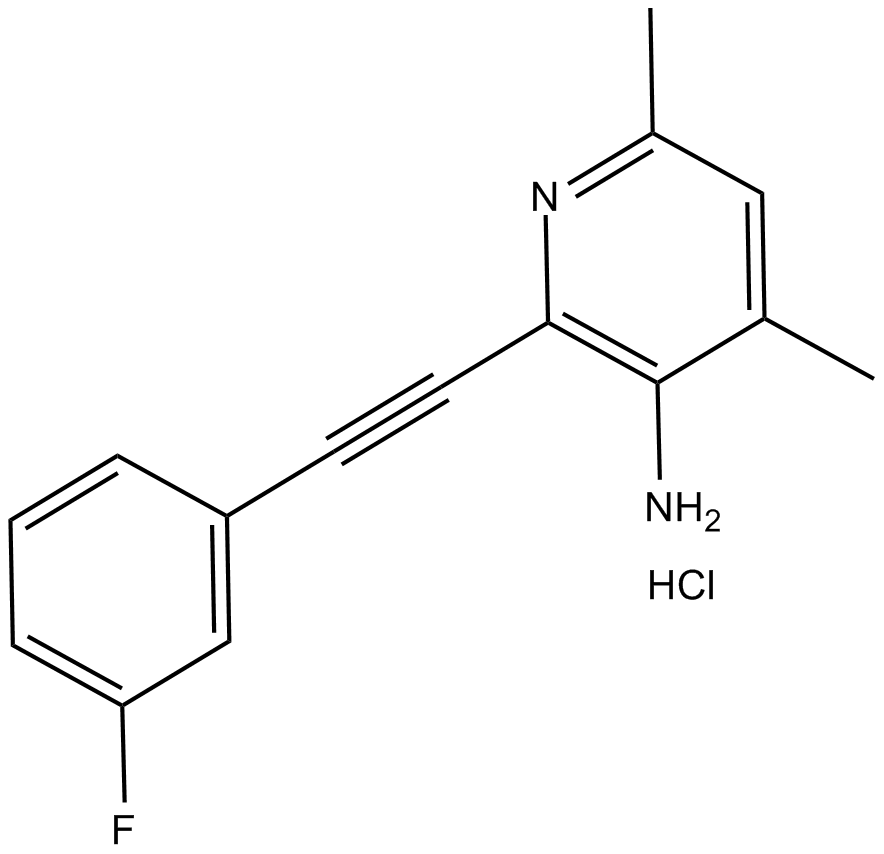 B5586 ADX 10059 hydrochlorideSummary: Negative allosteric modulator at mGlu5
B5586 ADX 10059 hydrochlorideSummary: Negative allosteric modulator at mGlu5 -
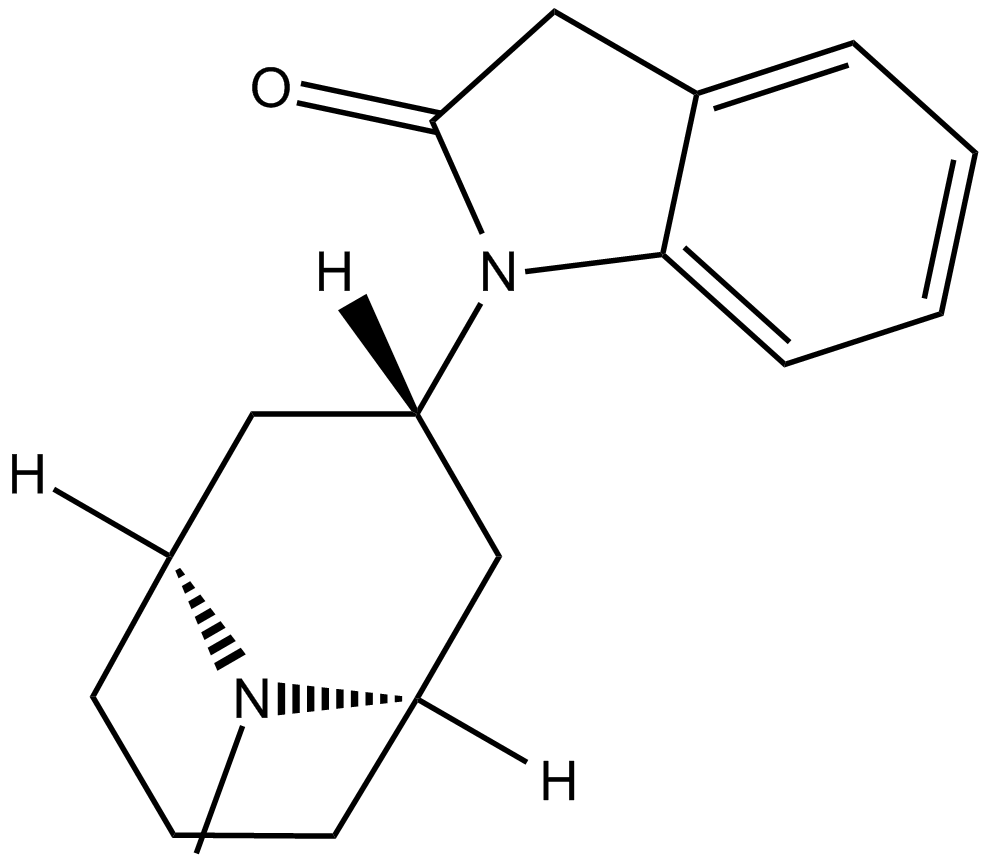 B5591 SR 16584Summary: α3β4 nAChR antagonist
B5591 SR 16584Summary: α3β4 nAChR antagonist -
 B5595 MFZ 10-7Summary: negative allosteric modulator of the mGlu5 receptor
B5595 MFZ 10-7Summary: negative allosteric modulator of the mGlu5 receptor -
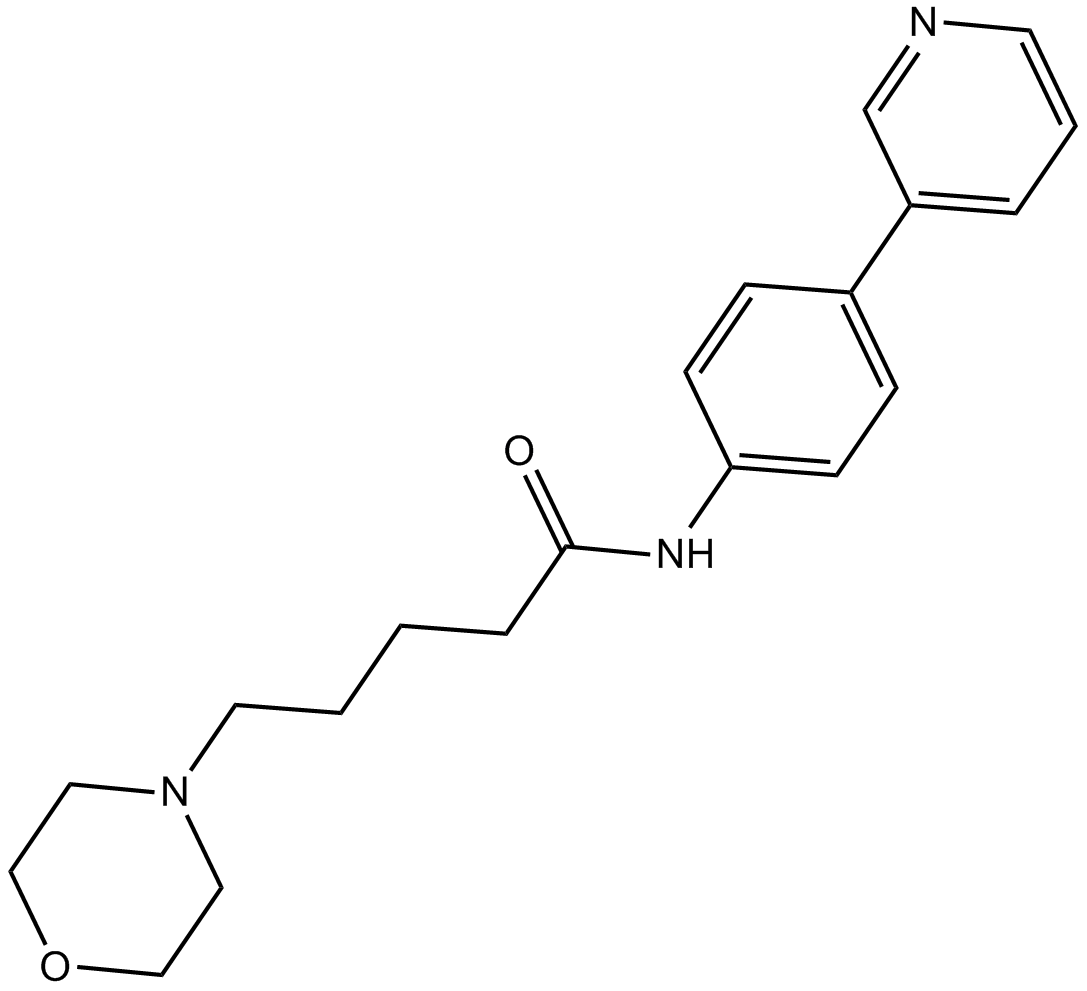 B5597 SEN 12333Summary: α7 nicotinic acetylcholine receptor (nAChR) agonist
B5597 SEN 12333Summary: α7 nicotinic acetylcholine receptor (nAChR) agonist -
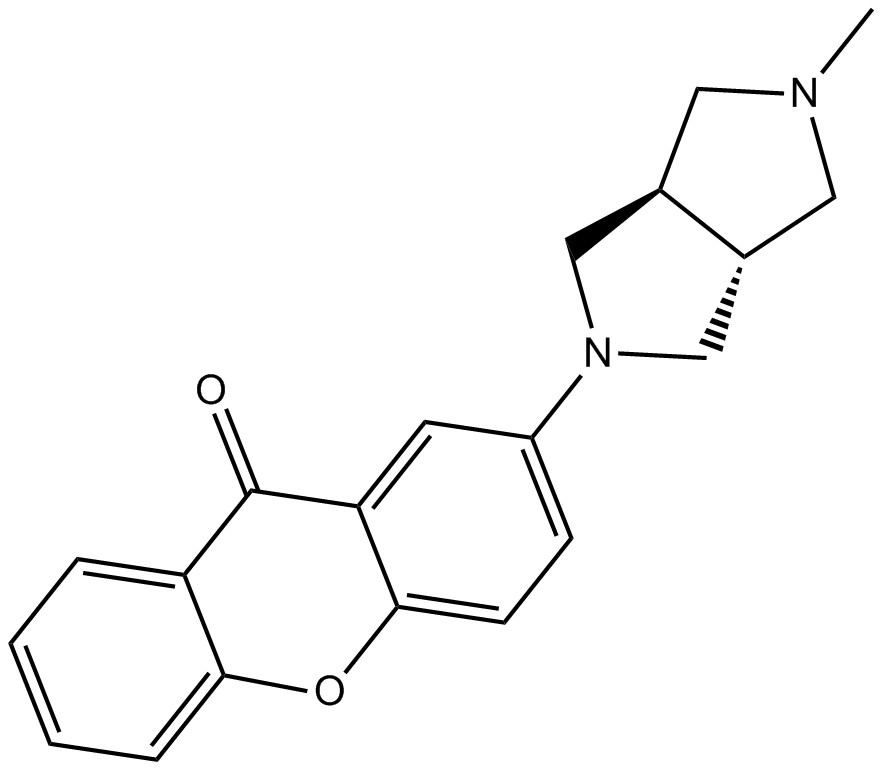 B5615 A 844606Summary: α7 nAChR partial agonist
B5615 A 844606Summary: α7 nAChR partial agonist -
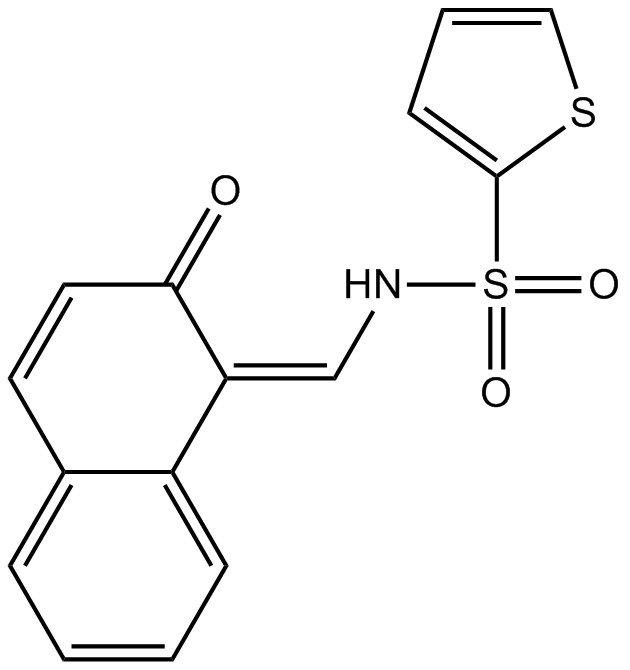 B5624 STF 083010Target: Inositol-requiring enzyme 1 (IRE1)Summary: IRE1α endonuclease inhibitor
B5624 STF 083010Target: Inositol-requiring enzyme 1 (IRE1)Summary: IRE1α endonuclease inhibitor

